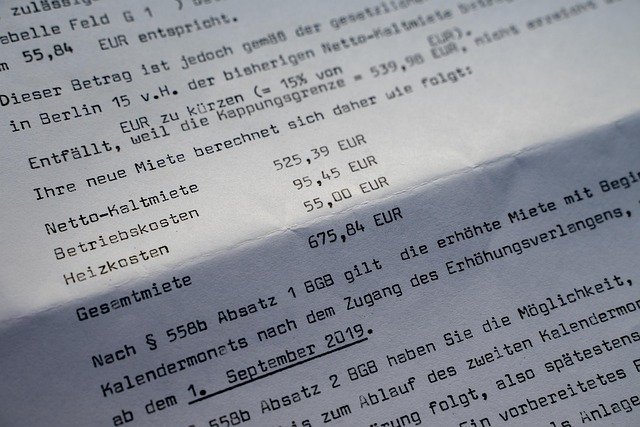Understanding Blepharoplasty: What to Expect from Eyelid Surgery
Blepharoplasty, or eyelid surgery, is a cosmetic procedure that can dramatically improve the appearance of your eyes. This article explores the benefits, process, and recovery of blepharoplasty, helping you understand if it's the right choice for you.

What is blepharoplasty and how does it work?
Blepharoplasty is a surgical procedure that removes excess skin, muscle, and fat from the upper and lower eyelids. It works by tightening the skin around the eyes, reducing puffiness, and eliminating drooping eyelids. The surgery can be performed on the upper eyelids, lower eyelids, or both, depending on the patient’s needs and desired outcome.
Who is a good candidate for blepharoplasty?
Ideal candidates for blepharoplasty are generally healthy individuals who have realistic expectations about the procedure’s outcome. Common reasons for seeking eyelid surgery include:
- Excess skin obscuring the natural fold of the upper eyelids
- Loose skin hanging down from the upper eyelids
- Puffiness in the upper eyelids
- Bags under the eyes
- Drooping lower eyelids
It’s important to note that blepharoplasty is not suitable for everyone. Patients with certain medical conditions, such as dry eye syndrome or thyroid disorders, may not be good candidates for the procedure.
What can I expect during the blepharoplasty procedure?
The blepharoplasty procedure is typically performed as an outpatient surgery under local anesthesia with sedation. The process usually takes one to three hours, depending on the extent of the surgery. Here’s what you can expect:
- The surgeon will make precise incisions along the natural lines of your eyelids.
- Excess fat, muscle, and skin are removed or repositioned.
- The incisions are closed with fine sutures.
- In some cases, laser technology may be used to enhance the procedure’s precision.
After the surgery, you’ll be monitored in a recovery area before being allowed to go home the same day.
How long is the eyelid surgery recovery process?
Eyelid surgery recovery is generally straightforward, but it does require some patience. Here’s a typical timeline:
- First 24-48 hours: Expect some swelling, bruising, and discomfort. Use cold compresses and prescribed pain medication as directed.
- 1 week: Stitches are usually removed. Most patients can return to work and light activities.
- 2 weeks: Bruising should subside significantly.
- 3-4 weeks: You can resume more strenuous activities and exercise.
- Several months: Final results become fully apparent as swelling continues to decrease.
It’s crucial to follow your surgeon’s post-operative instructions carefully to ensure proper healing and optimal results.
What are the potential risks and complications of blepharoplasty?
While blepharoplasty is generally safe, like any surgical procedure, it carries some risks. Potential complications include:
- Infection
- Dry eyes
- Difficulty closing eyes completely
- Temporary blurred vision
- Asymmetry
- Scarring
- Allergic reactions to anesthesia
Choosing a board-certified plastic surgeon with experience in eyelid surgery can help minimize these risks. It’s essential to discuss all potential complications with your surgeon during the consultation process.
How much does blepharoplasty cost, and what factors influence the price?
The cost of blepharoplasty can vary significantly based on several factors. Here’s a breakdown of typical price ranges and influencing factors:
| Procedure Type | Average Cost Range | Factors Influencing Cost |
|---|---|---|
| Upper Eyelids | $2,000 - $5,000 | Surgeon’s experience, geographic location, facility fees |
| Lower Eyelids | $2,500 - $6,000 | Complexity of the procedure, anesthesia fees |
| Upper and Lower Eyelids | $4,000 - $9,000 | Combined procedures, additional treatments |
Prices, rates, or cost estimates mentioned in this article are based on the latest available information but may change over time. Independent research is advised before making financial decisions.
It’s important to note that blepharoplasty is typically considered a cosmetic procedure and is not covered by insurance. However, if the surgery is deemed medically necessary (e.g., to correct vision problems caused by drooping eyelids), insurance may cover part or all of the cost.
When considering blepharoplasty, it’s crucial to prioritize the surgeon’s expertise and the quality of care over cost alone. Many surgeons offer financing options to help make the procedure more affordable.
Blepharoplasty can be a transformative procedure, helping to rejuvenate your appearance and potentially improve your vision. By understanding the process, recovery, and potential outcomes, you can make an informed decision about whether eyelid surgery is right for you. Always consult with a board-certified plastic surgeon to discuss your individual needs and expectations.
This article is for informational purposes only and should not be considered medical advice. Please consult a qualified healthcare professional for personalized guidance and treatment.
The shared information of this article is up-to-date as of the publishing date. For more up-to-date information, please conduct your own research.




